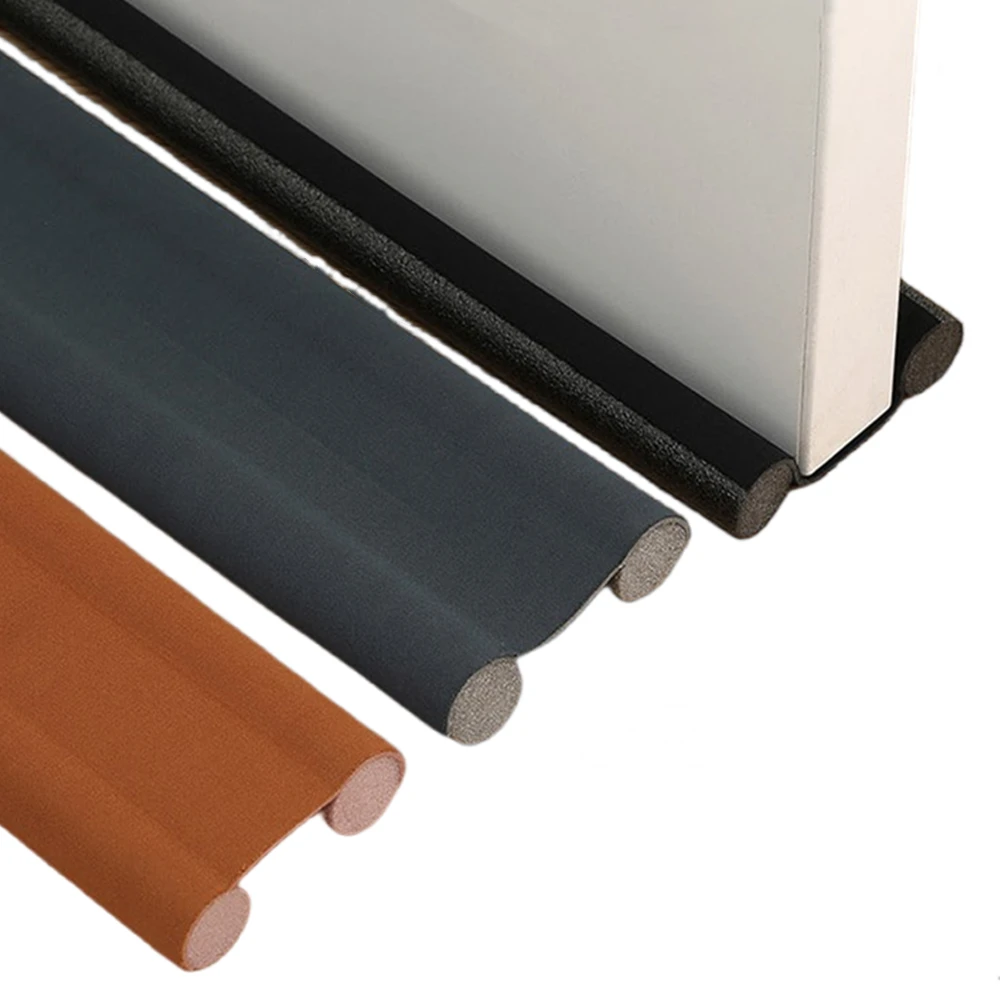Effective Techniques for Cavity Drainage Mat Installation and Maintenance Solutions
Understanding Cavity Drainage Mats An Essential Solution for Waterproofing and Drainage
In the world of construction and civil engineering, managing water effectively is crucial to the longevity and integrity of structures. One innovative solution that has gained significant attention is the cavity drainage mat. These mats play a pivotal role in waterproofing systems, especially in areas prone to moisture infiltration and flooding. This article delves into what cavity drainage mats are, their benefits, applications, and installation process.
What Are Cavity Drainage Mats?
Cavity drainage mats are specialized membranes designed to facilitate the drainage of water away from foundations and walls. Typically made from high-density polyethylene (HDPE) or polyvinyl chloride (PVC), these mats consist of a series of dimples or channels that create a cavity space. This cavity allows water to flow freely, directing it toward a drainage system while preventing its accumulation against vulnerable surfaces.
The Importance of Cavity Drainage Mats
Water intrusion is one of the leading causes of structural damage. Over time, it can lead to mold growth, corrosion, and the deterioration of building materials. Cavity drainage mats address these issues by providing a reliable method for managing groundwater and surface water, especially in basements and retaining walls. Their design allows for effective moisture control, contributing to a drier and healthier environment inside buildings.
Benefits of Cavity Drainage Mats
1. Effective Drainage The primary advantage of cavity drainage mats is their ability to channel water away from critical areas. This reduces hydrostatic pressure against walls, significantly lowering the risk of water damage.
2. Mold and Mildew Prevention By reducing moisture levels, cavity drainage mats help prevent the formation of mold and mildew, which can be harmful to health and structural integrity.
3. Ease of Installation Cavity drainage mats are relatively easy to install. Their lightweight nature and flexible design make them adaptable to various surfaces, including concrete, masonry, and soil.
4. Durability Made from robust materials like HDPE and PVC, these mats are designed to withstand harsh environmental conditions and resist deterioration over time.
5. Cost-Effectiveness Investing in cavity drainage systems can save property owners money in the long run by preventing costly repairs associated with water damage.
Applications of Cavity Drainage Mats
Cavity drainage mats are versatile and can be used in a variety of applications
cavity drainage mat

- Basements In residential and commercial properties, cavity drainage mats are essential in basements where moisture can seep through walls and floors.
- Retaining Walls These mats can be applied to retaining walls to manage water pressure and reduce soil erosion.
- Green Roofs In green roofing systems, cavity drainage mats can help optimize drainage, allowing for proper water management in vegetated areas.
- Behind Concrete Walls They can be installed behind precast concrete walls to create a drainage layer that facilitates the movement of water away from the structure.
Installation Process
The installation of cavity drainage mats typically involves several straightforward steps
1. Surface Preparation Before installation, the surface must be cleaned and any debris or loose materials removed.
2. Mat Placement The mats are rolled out and cut to fit the area, ensuring that the dimples face away from the wall or foundation.
3. Sealing Edges The edges of the mats may need to be sealed to ensure water is directed appropriately into the drainage system.
4. Connecting to Drainage System Proper connection to an existing drainage system is crucial for effective water management. This can involve installing pipes or channels to direct collected water away from the building.
5. Backfilling If necessary, the area can be backfilled with gravel or other materials to further enhance drainage and stability.
Conclusion
Cavity drainage mats are an indispensable component of modern construction and waterproofing efforts. Their ability to channel water away from critical structures not only protects the integrity of buildings but also contributes to healthier indoor environments. As such, their role in waterproofing systems will only continue to grow in importance, making them a valuable investment for both residential and commercial properties. Whether you are building new structures or renovating existing ones, considering cavity drainage mats is a step toward effective water management and long-term structural health.
-
Under Door Draught Stopper: Essential ProtectionNewsJul.31,2025
-
Garage Door Seal and Weatherstrips for ProtectionNewsJul.31,2025
-
Edge Banding Tape for Perfect EdgesNewsJul.31,2025
-
Table Corner Guards and Wall Corner ProtectorsNewsJul.31,2025
-
Stair Nose Edging Trim and Tile Stair SolutionsNewsJul.31,2025
-
Truck Bed Rubber Mats for Pickup BedsNewsJul.31,2025
-
Window Weather Stripping for Noise ReductionNewsJul.29,2025